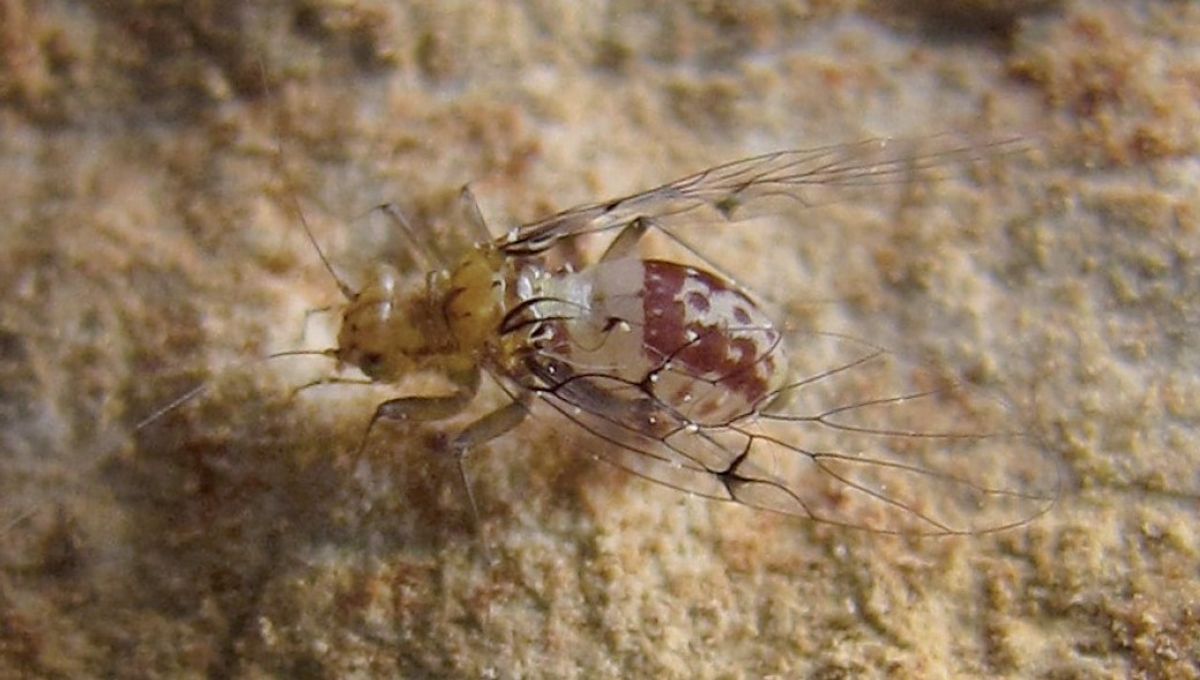
Female insects of the cave-dwelling genus Neotrogla have penises – so far, so unremarkable. A study has now revealed that the muscles they use to protrude and retract their members evolved before the sex roles in these critters were reversed, and that their previous function may have been to provide the females with a tasty mid-intercourse snack.
It was way back in 2014 that a group of Japanese researchers reported something unusual about Neotrogla. There are four species in this genus, and all of them have reversed genitalia – the males have a structure that resembles a vagina, while the females have the equivalent of a penis, called a gynosome. It seems they put these organs to good use, whiling away the time in the Brazilian caves they call home with copulation sessions that can last between 40 and 70 hours. That’s right, hours.
Previous research has been able to speculate as to why Neotrogla evolved to mate this way. It’s important to note that, despite their anatomical differences, the males of the species still produce sperm, while the females produce eggs. It is thought that the barren environment they inhabit meant that Neotrogla females had to become more efficient sperm collectors, evolving the gynosome as a mechanism for collecting as much sperm – from as many males – as possible.
What was not well understood, until now, was how the females managed the protrusion and retraction of their appendages.
A new study by a group of researchers from Japan, Brazil, and Switzerland has come up with an answer. The team used a 3D X-ray technique called micro computed tomography (µCT) to compare the anatomy of Neotrogla with other closely related insects. The µCT data confirmed that the female Neotrogla had evolved two specific groups of muscles to allow them to extend the gynosome, in order to penetrate the male vagina-like genitalia.
However, these same muscles were also found in the related insects that did not have fully-functioning penises. This led the researchers to conclude that these muscles must have evolved before the sex roles in Neotrogla were switched – the question is, why?
It is likely that the muscles could be used by the females, in the absence of a gynosome, to stimulate the male insects during sex in order to encourage the release of more semen. As it happens, Neotrogla semen is more than just a means of reproduction – it is also a highly nutritious snack for the hungry female. Given that their primary diet is dead bats and their droppings, you can’t really blame them for wanting a bit of a change.
As the study authors say, the evolution of these muscles was probably key to the sexual role reversal that makes these little cave-dwellers so fascinating: “This intermediate stage probably allowed for the reversal of genital functions.”
The study is published in Royal Society Open Science.
Source Link: Female Insects With Penises Use Special Muscles To Penetrate Males And Feast On Their Semen